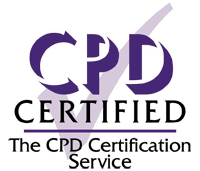1 May 2016
| Edward W Fisher
This article reviews the ecology of the sinuses and tries to make sense of the confusing literature on the subject. This covers the details of molecular studies, particularly those which attempt to differentiate normal sinuses from those in patients with...

